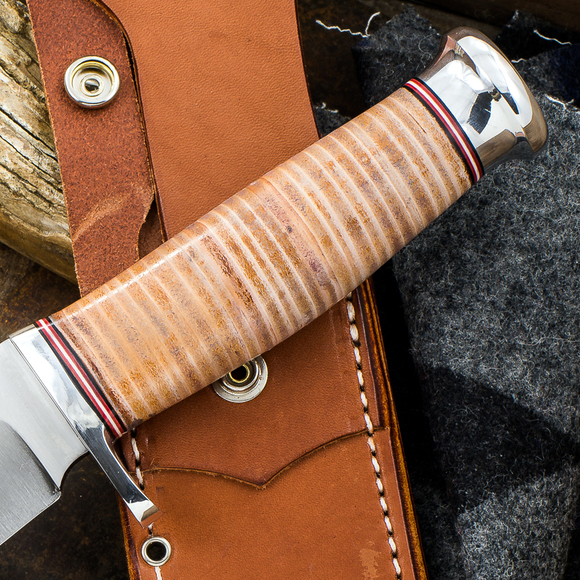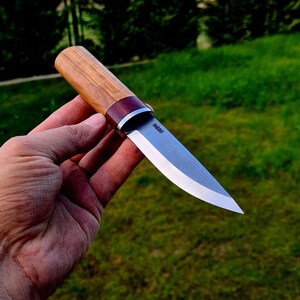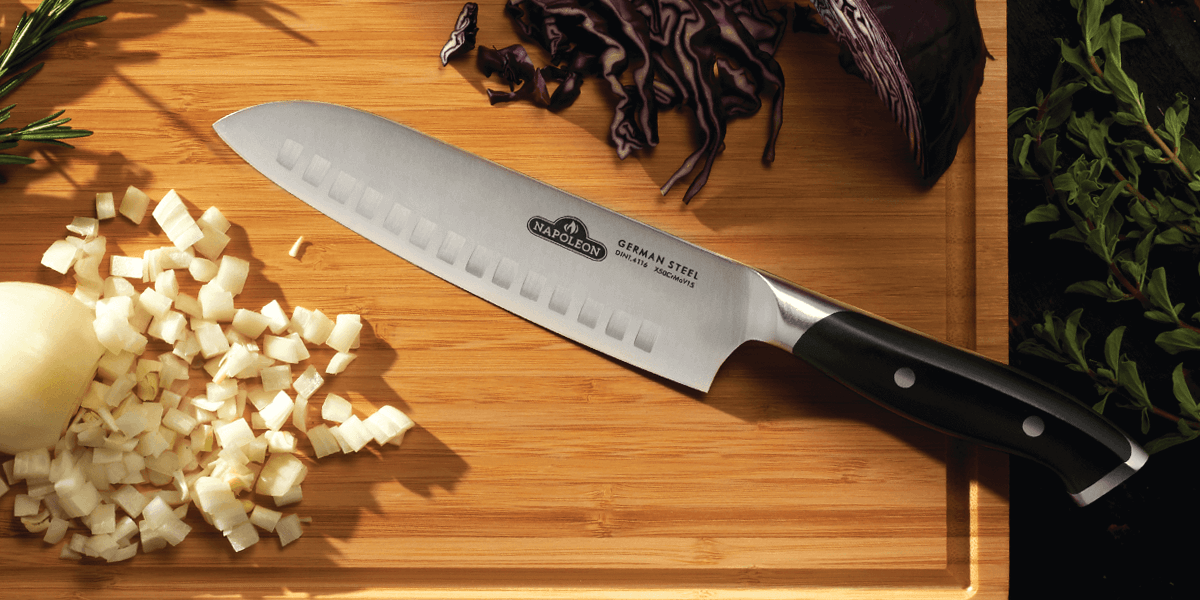A knife is a fundamental tool in any kitchen, but have you ever stopped to consider its anatomy? Understanding the different parts of a knife and their functions can help you make informed decisions when choosing the right knife for your needs. In this guide, we’ll explore the anatomy of a knife, from the tip of the blade to the end of the handle, and discuss the function of each part.
1. Blade

a. Tip: The tip of the blade is the pointed end and is used for delicate cutting tasks, such as piercing and detail work. The shape of the tip can vary depending on the type of knife.
b. Edge: The edge of the blade is the sharp, cutting surface and is used for slicing, chopping, and other cutting tasks. The edge can be straight, serrated, or scalloped, depending on the type of knife.
c. Spine: The spine of the blade is the top, non-cutting edge of the blade. It provides strength and stability to the blade and is used for tasks that require more force, such as chopping.
2. Tang

The tang is the portion of the blade that extends into the handle of the knife. It provides balance and stability to the knife and is typically hidden inside the handle.
3. Handle

a. Bolster: The bolster is the thick, metal collar that connects the blade to the handle. It provides balance and stability to the knife and helps protect the hand from slipping onto the blade.
b. Handle Material: The handle is the part of the knife that you hold while cutting. It can be made from a variety of materials, including wood, plastic, metal, and composite materials.
c. Butt: The butt of the handle is the end opposite the blade. It provides a counterbalance to the blade and helps prevent the knife from slipping out of your hand.
4. Rivets
Rivets are metal pins that are used to secure the handle scales to the tang of the knife. They provide strength and stability to the handle and help keep it securely attached to the blade.
5. Bolster
The bolster is the thick, metal collar that connects the blade to the handle. It provides balance and stability to the knife and helps protect the hand from slipping onto the blade.
Functions of Knife Parts:
- The blade’s tip is used for delicate cutting tasks, such as piercing and detail work.
- The edge of the blade is the sharp cutting surface used for slicing, chopping, and other cutting tasks.
- The spine provides strength and stability to the blade and is used for tasks that require more force, such as chopping.
- The tang extends into the handle and provides balance and stability to the knife.
- The bolster connects the blade to the handle, providing balance and stability and protecting the hand from slipping onto the blade.
- The handle is the part of the knife that you hold while cutting, and the butt provides a counterbalance to the blade.
- Rivets secure the handle scales to the tang, providing strength and stability to the handle.
Understanding the anatomy of a knife and the function of each part can help you choose the right knife for your needs and use it more effectively in the kitchen. Whether you’re slicing, dicing, chopping, or mincing, having the right knife for the job can make all the difference in your cooking.
